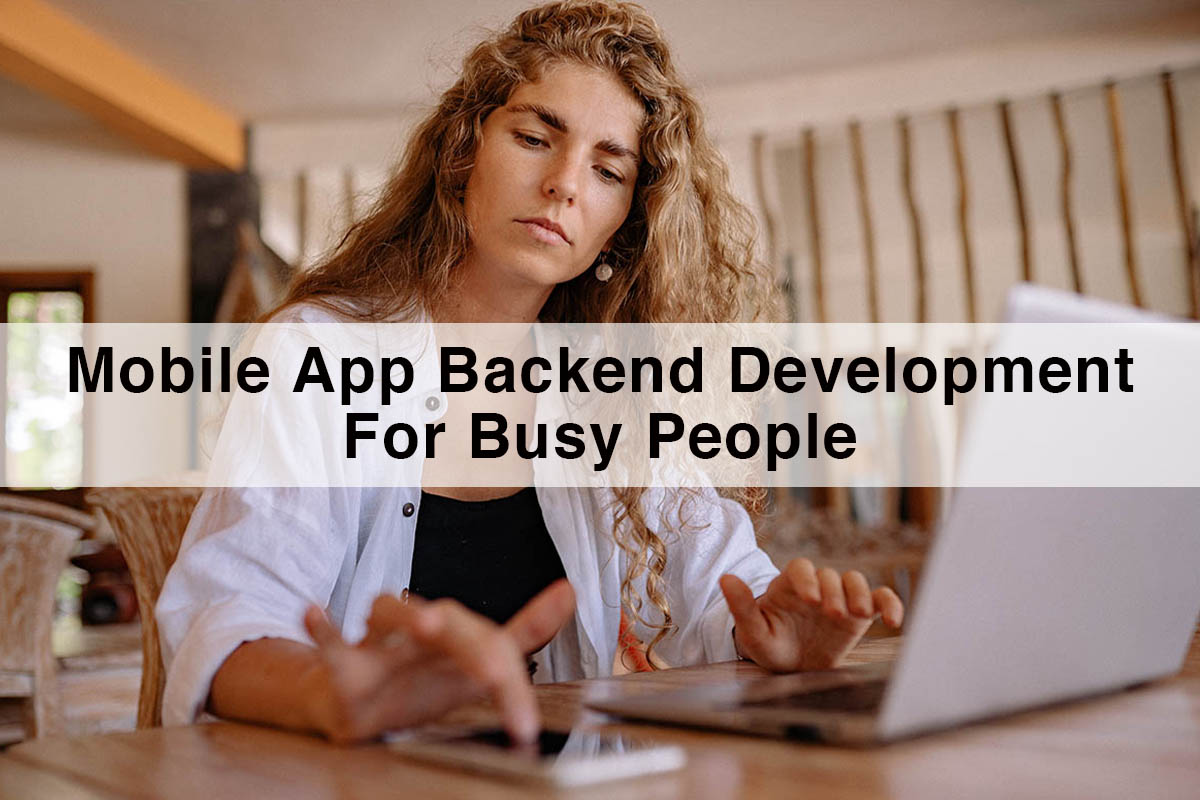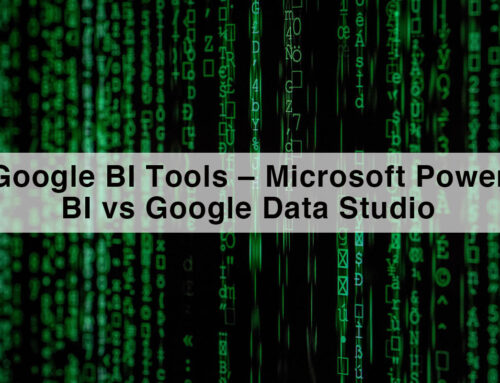A Quick Guide On Mobile App Backend Development For Busy People
There is no refusing that the effectiveness of the mobile app development process majorly depends on using different technologies to meet various business purposes. However, with the arrival and commercialization of mobile apps, the focus has now shifted on not just developing a brilliant app but also on understanding the underlying factors that distinguish an incredible app from a common one. That’s why? Mobile apps these days are more interactive and convenient to users, perform tasks effortlessly, and that too in a customized way. To understand, an app that gives a seamless experience to the user is imperfect without referring to the mobile app backend development architecture.
About backend & what it includes?
In mobile development, there are typically have two fields are Frontend and backend. Backend is a significant part of a mobile app that is responsible for storing a huge amount of data, security, and business logic. A mobile app backend is similar to the server for mobile apps, it stores the significant data that the end-user doesn’t know.
At the basic level, back-end architecture contained an application server, web server, and database. If architecture is growth-oriented, it might also include a load balancer and quite a few service integrations like email notifications, push notifications, and queuing services. A backend for your mobile app almost depends on what kind of functionality and features you want to be integrated into it.
Here’s the list of top back-end development tools you must know:
- Language and frameworks.
- Web servers.
- Database management systems.
- Microservice platforms.
- Local development environments.
- Collaboration services.
- Website performance testers.
1. Language & frameworks
As you develop the application or the back-end, you would have to work with multiple programming languages & frameworks. Frameworks are libraries of previously written code that can be used by back-end developers. However, is a superset of all scripting languages such as Ruby, Java, Python, PHP, Perl, Erlang that may be used for writing instructions for their development.
2. Web servers
Servers that store, process, and deliver web pages to customers. The interaction between customers and servers is carried out with the use of HTTPS. The webpages are most basically delivered in HTML documents, which may include images, style sheets, and scripts apart from the conventional text content.

Any computer that hosts any website must have web server programs and the top leading examples include Apache, Microsoft’s IIS. Web servers come as a part of a comprehensive package of internet and intranet related programs for serving emails, downloading queries for FTP files, and making and publishing web pages.
Top 5 Web Servers for Back-End Development.
- Apache HTTP Server.
- Apache Tomcat.
- NGINX.
- JS.
- Lighttpd.
3. Database management systems (DBMS)
The database makes an application or website more dynamic. If a user requests the mobile app the database is supposed to accept the request, fetch the data, and give it to the app user. Along with getting the info to a customer, the database is also responsible to accept new and edit the previous data, as and when the user wants.
Best DBMS for mobile app backend development
- Oracle RDBMS.
- IBM DB2.
- Altibase.
- Microsoft SQL Server.
- SAP Sybase ASE.
- Teradata.
- ADABAS
- MySQL.
- FileMaker.
- Microsoft Access.
- Informix.
- SQLite.
- PostgreSQL
- Amazon RDS.
- MongoDB.
4. Local development environments
For a back-end developer, a local development environment is crucial when it comes to development. If you use a local site that is only visible to you, you get the unique benefit of having the liberty to try out codes and experiments before going live with the site. When you keep changing the code on a local environment till you attain perfection, you make sure that your live site doesn’t crash because of any mistaken codes or bugs in it.
A local development environment permits you to set up a server environment on your machine, in place of making use of the hosting company’s server. Ideally, when you use a local development environment, you would not be working on your site live, but on the browser, it will look like it is life. In case, your browser would be referencing the files that are saved locally on your system so no one else would be able to access or see what your site looks like.
Best local development environments for mobile app backend development
- XAMPP.
- WampServer.
- Laragon.
5. Collaboration services tools
When there is development time, the back-end and front-end developers work together, it is significant that the developers on both sides to stay connected to each other, so collaboration services are crucial.
Top collaboration services tools
- Jira.
- Slack
6. Microservice platforms
Microservices are a unique technique, that is a variation of the SOA architectural style that is characterized by structuring and application as a group of lightly coupled services. The major advantage of such structuring is that the modularity with better-quality.
Top microservice platforms for mobile app backend development
- Kubernetes.
- Docker.
7. Website performance testers
Today, the attention span has decreased down to a mere 8 sec. Hence the load speed of your website has a great impact on the site traffic. Even a second delay can send your site visitors to quiet your site. This equipment provides reviews of the site speed however additionally recommends little tweaks or edits that allow you to make your web page go quicker.
Best Website Performance Testers for mobile app backend development
- Apache JMeter.
- AppLoader.










